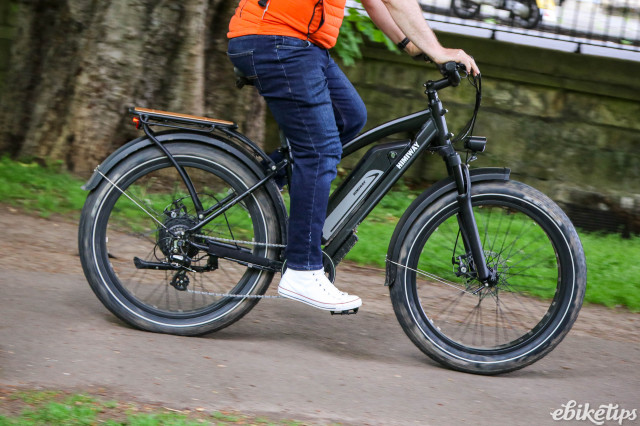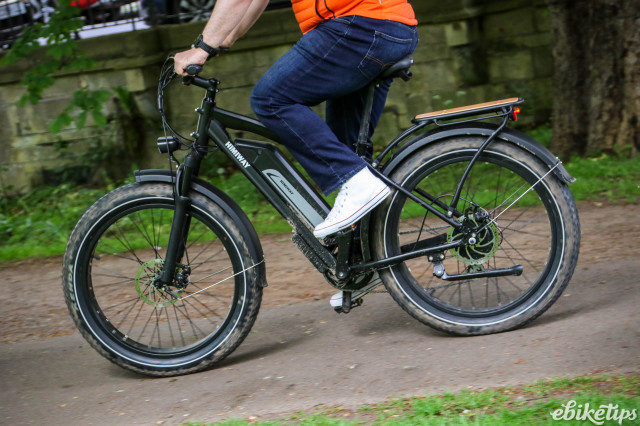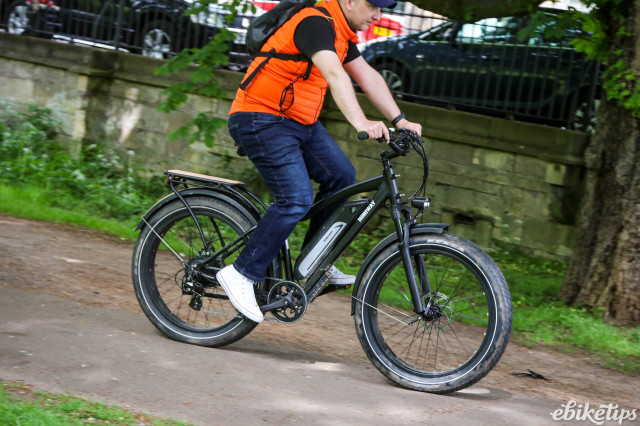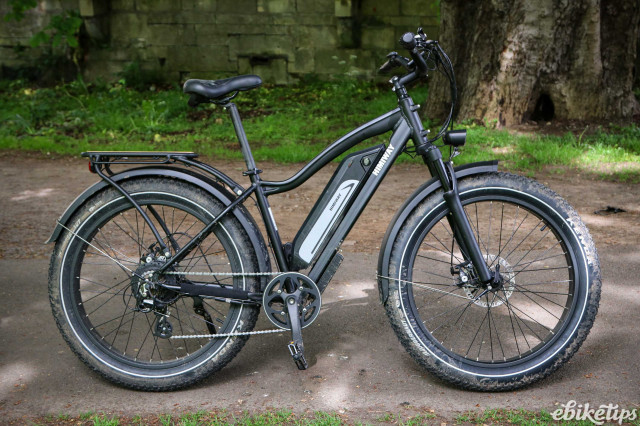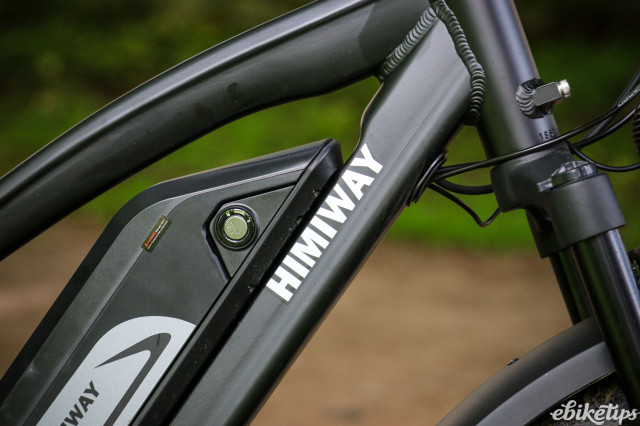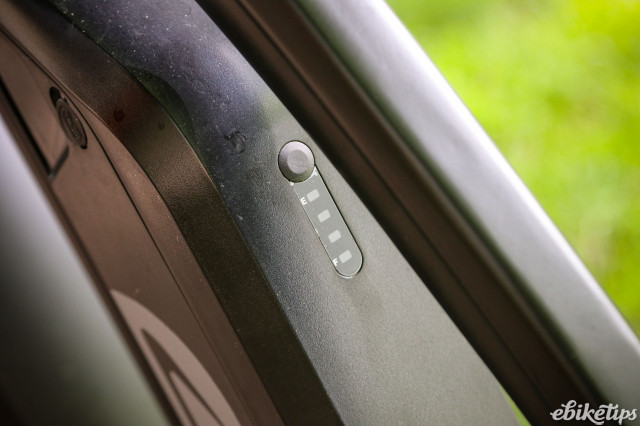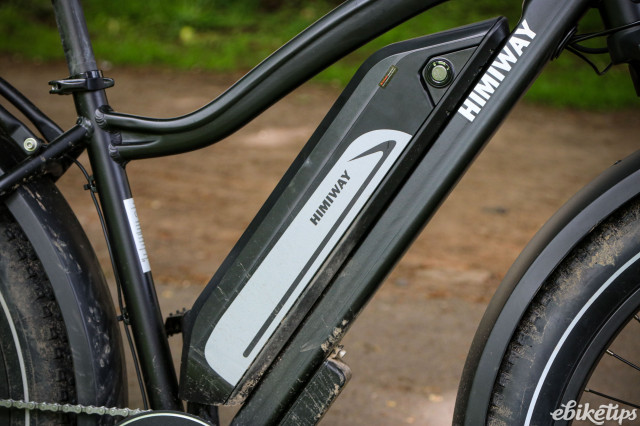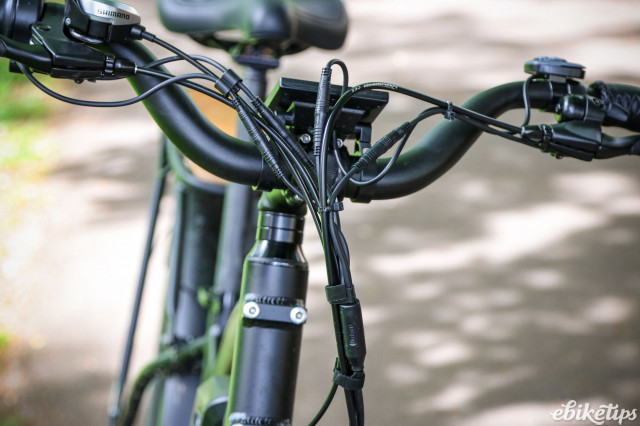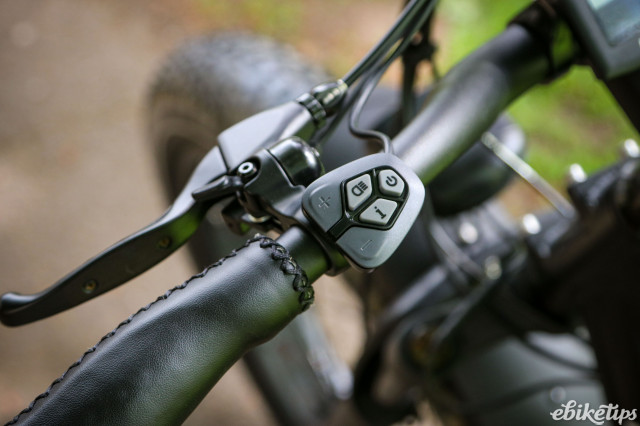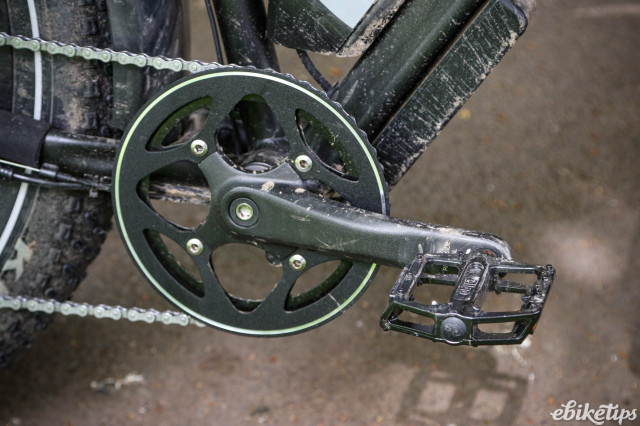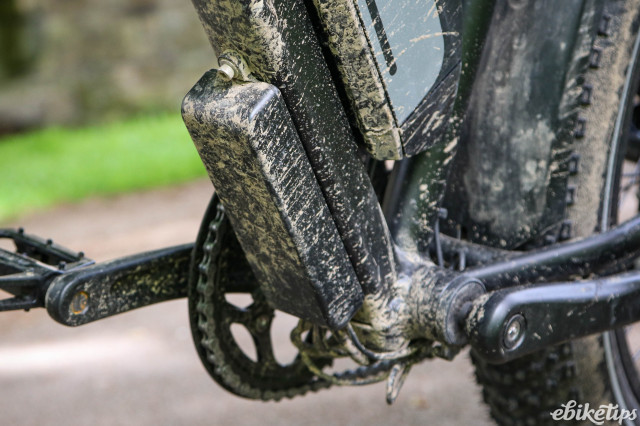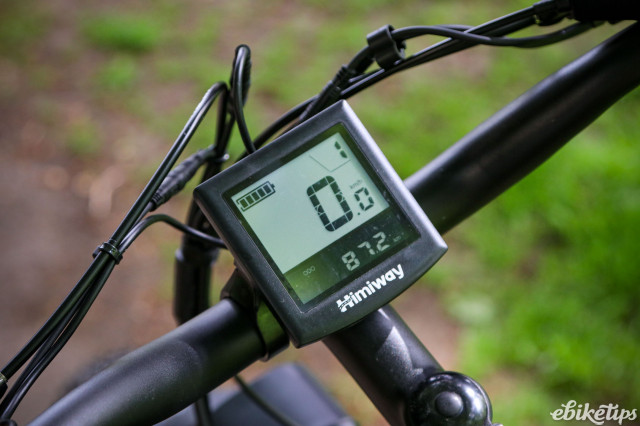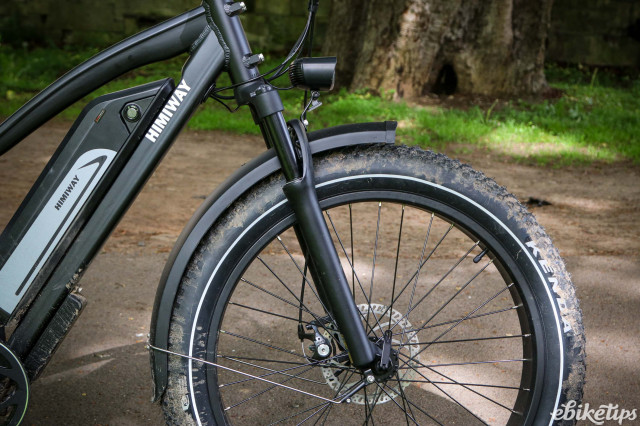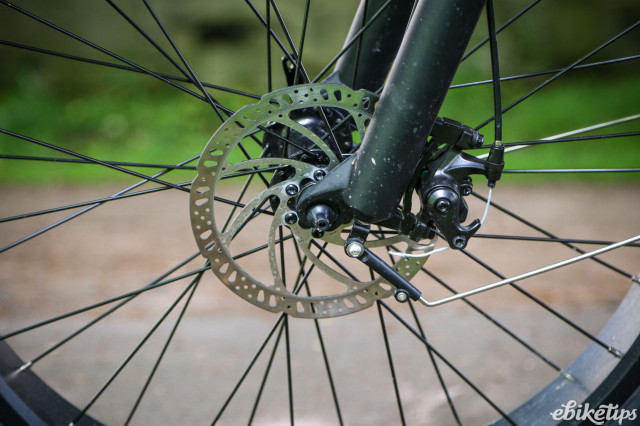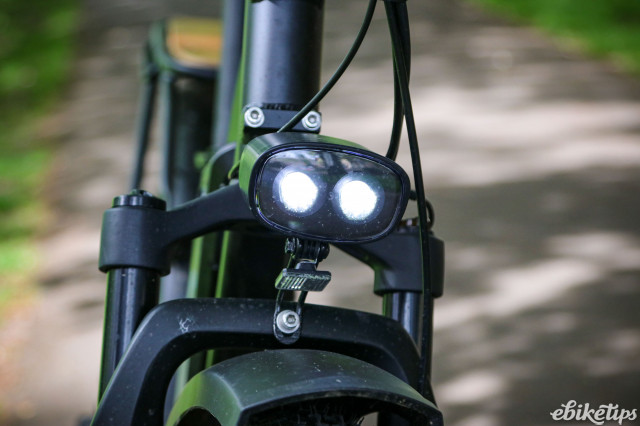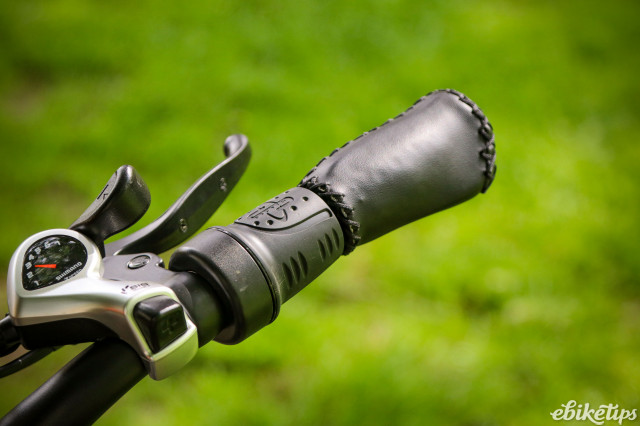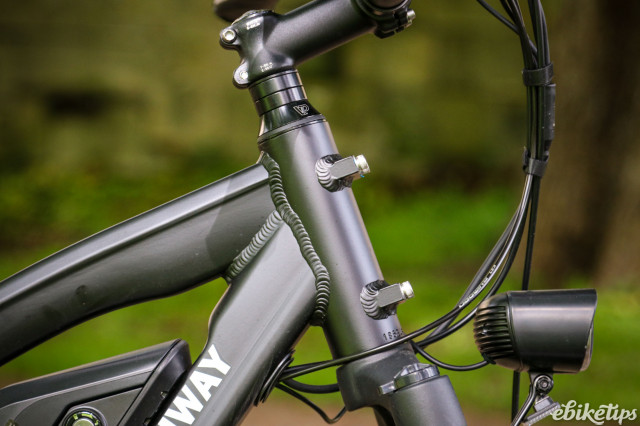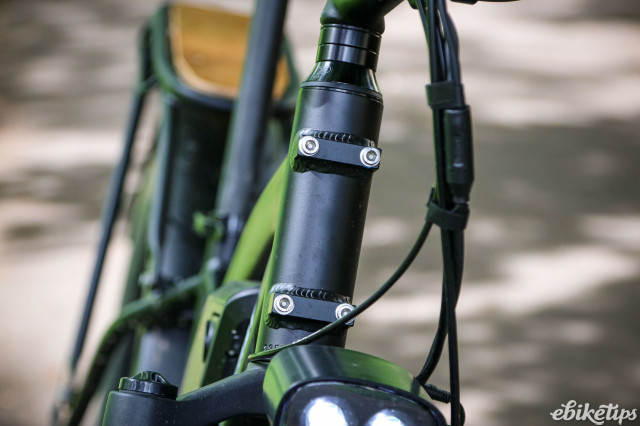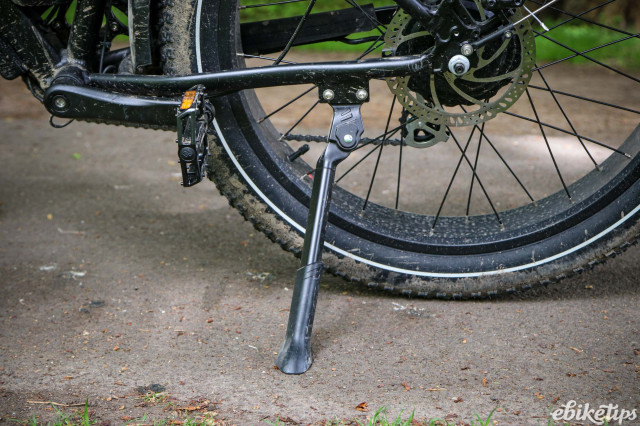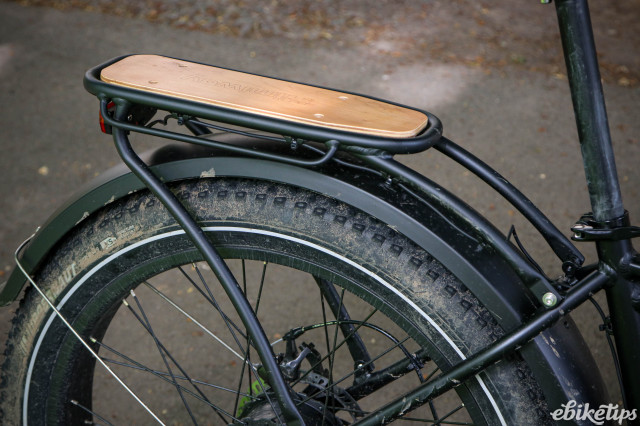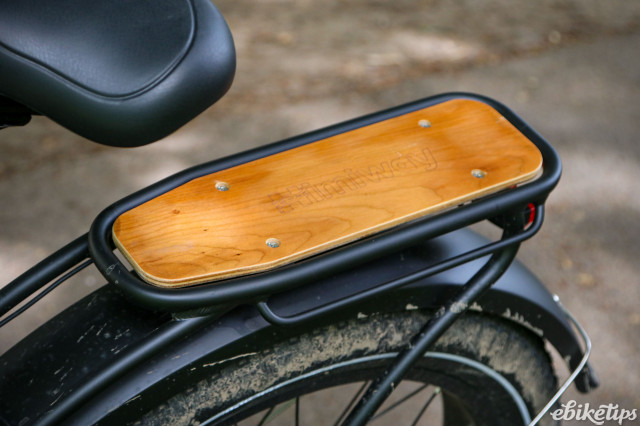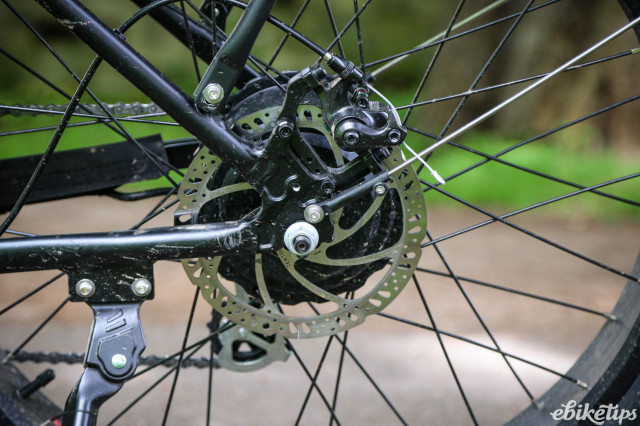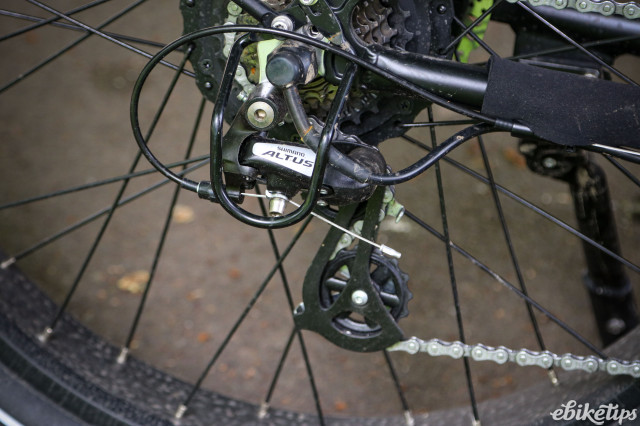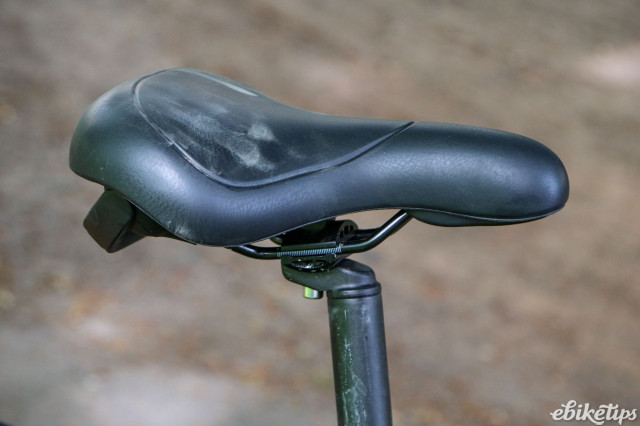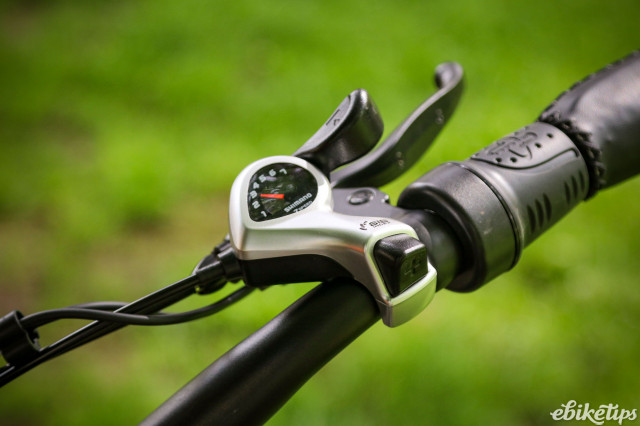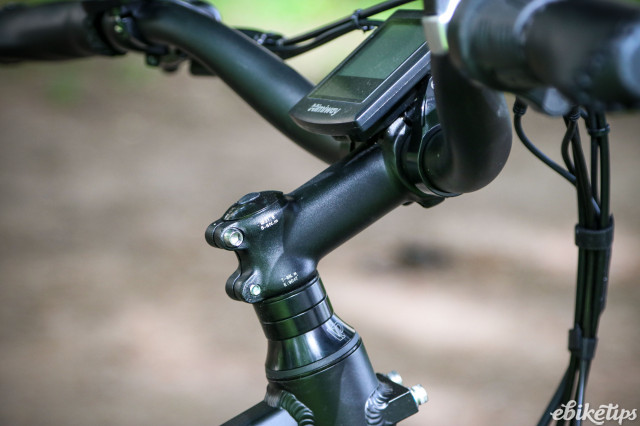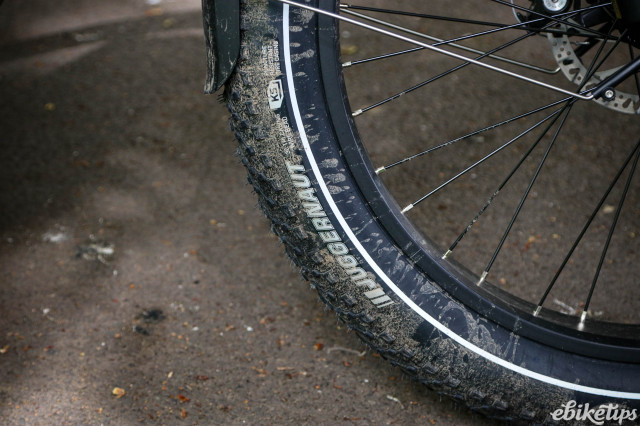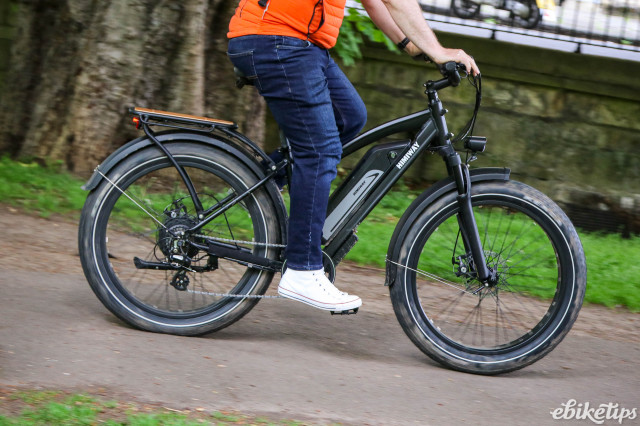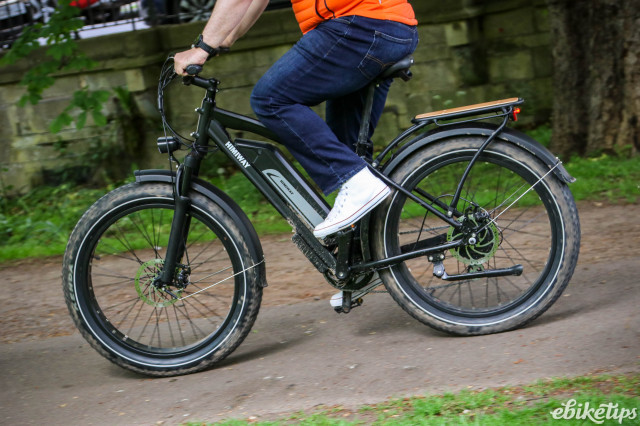Himiway Cruiser
Overview
- Plenty of torque
- Twist throttle helps you push it
- Very comfortable
- Short battery life
- Cumbersome at low speed
- Brakes aren’t powerful enough
Fun, but not overly practical – that’s how I’d sum up the Himiway Cruiser (for the majority of the UK anyway). The motor has a lot of punch - I’ll give it that - which makes it a giggle to ride. You’re never going to tire of that surge forward as you kick the pedals, but the way it works is quite primitive and the Cruiser is very heavy too, which not only hammers battery life but makes it a handful at low speeds.
The ride
That opening paragraph sounds pretty negative, but for about 90 per cent of the UK population it’ll hold true. The Cruiser is, well, a cruiser. If you have a seafront promenade to bimble along on, or smooth bike paths converted from old railway lines then the Himiway will give you a lot of fun.
The torque of the motor will see you hit the 25km/h limiter quickly with little input and if you if don’t need to keep stopping and starting or negotiate tight turns you’ll be in a happy place as you cruise along.
With the 4” wide fat tyres the level of comfort is blissful, bolstered by the plush saddle, but they do make the front suspension fork kind of redundant. I kept it locked out the whole time and removing it would shed some weight.
Ah, weight. That’s the biggest problem with the Cruiser.
It tips the scales at around 33kg, so it’s a beast to handle, especially at low speeds.
When you initially start pedalling there is a noticeable delay before the motor kicks in which can make the Cruiser feel a bit wobbly to get moving - more noticeably so, the lighter you are.
My wife used the Himiway at times and she found it a real handful. She’s 5ft5in, which puts her within the 5ft3in to 6ft5in size range of the Cruiser, but she found that the bike tended to control her rather than the other way around.
Even I had issues at lower speeds. Try a tight turn, like negotiating barriers on a cycle route, and the Himiway will easily ‘flop’ itself over due to its weight. It does come with a twist throttle which aids manoeuvrability, but there is still that delay to the motor kicking in, so it’s not that practical unless you are travelling in a straight line.
It does help when you are pushing the bike around though.
This makes negotiating traffic a challenge too. You won’t be finding yourself filtering through rush hour on this one unless you are into extreme sports.
This added weight hammers the battery life as well. Returning from our office in Bath back to my place is 28km with 330m of elevation gain, with that climbing delivered in a rolling terrain kind of way, with one steep hill in the middle of about 1km long.
I left the office with charge at 95% and the assistance level whacked up to full (number 5) and even within the first two miles I’d dropped around 20% of the battery level according to the data screen attached to the handlebars on what was only a gentle drag.
I hit the steep climb next, and fair play to the Himiway’s motor, it surged its way to the top barely dropping any speed at all, but that was another 20% of juice gone.
I then spent the next 20km nursing the Cruiser home barely using the battery at all - and riding this thing without assistance is a chore. I’d say that Himiway’s claims of 57km to 97km (35 to 60 miles) range is optimistic at the very least, unless the route is very flat.
Climbing means you get the payback of a downhill and I found the Cruiser to be quite a confident descender. Its stretched-out wheelbase and relaxed angles mean that it flows quite nicely at speed and at over 55kph it felt surefooted and well balanced.
The downside comes when you need to slow down or stop. The 180mm diameter rotors are capable, but something of this weight really needs some powerful hydraulic calipers to scrub off the speed. The cable operated offerings here just don’t have the bite as you can feel a lot of cable stretch when you haul hard on the levers.
Finishing kit and frame
That braking sets the precedent for the kit levels in general, if I’m honest. There is certainly nothing exactly modern or groundbreaking here.
The 7-speed Shimano gear shifting set up is old school - something I was using on basic mountain bikes around 30 years ago as a kid - while the fork has little finesse.
Ratio-wise the Cruiser gives you a 46-tooth chainring paired with a 14-28 tooth cassette. It’s certainly not that large a spread of gears, though to be honest as you don’t really want to be riding this bike without the assistance it’s kind of irrelevant.
Changes from the thumb shifter move the Altus rear mech smoothly enough, but the feeling is quite vague compared to modern systems.
The crankset is a forged aluminium alloy design with 170mm cranks which attaches to the frame via a square taper bottom bracket. There is a chain guard which keeps your trousers away from the chain which is a bonus.
Being able to accept those 4” wide tyres the 26” diameter wheels are huge, and they seem to be strong too. The tyres are cushioning a lot of the blows but after carrying out some rides on my local gravel tracks, I had no issues with trueness or spoke tension.
The Kenda K-Shield tyres are stodgy on the tarmac but have ample grip on soft surfaces like mud and sand.
All of this kit is attached to an aluminium alloy frame which is functional rather than pretty. The chunky welds do at least give a look of robustness, and the matt black paintjob is tough wearing.
The frame and fork also have plenty of mounting points with a set of lights included with the front putting out a decent enough glow that you can ride in the dark, while the rear also houses a functioning brake light with is a nice touch.
Mudguards are included - although the front one isn’t long enough to keep your shoes dry or clean - and you get what is a very nice rear rack. It looks flash with its wooden inlay, and it can take plenty of weight too. The saddle even has a hand grip underneath it, so my kids would often get a lift to school.
Mirrors, pannier bags, and front mounted basket are all available as extras too.
Power supply
As UK law dictates the power output of the rear hub mounted motor is limited to 250W, but it does have a very helpful 80Nm of torque on tap.
As I have said, it’s quite a simple system. There is no interaction with the rider’s input, it is very much on or off, which makes it feel quite clunky in use.
You get five levels of assistance, but rather than that controlling the power output of the motor, like a lot of systems, it looks to be speed based.
On some systems the top level would be 100%, level 2 would be say 75% of max power and so on. This one gives you assistance up to 25kph (the UK limit) on full whack, about 20kph on level 4 and so on, which is quite frustrating.
The juice is supplied by a 48V 17.5AH (840Wh) Samsung/LG battery pack which is made up of multiple AA sized lithium-ion batteries. As I said earlier, the range isn’t huge and from empty it takes a good six and a half hours to fully charge.
There is a power indicator on the battery unit itself and you can unlock it and remove it from the bike. You also get a 2-year warranty on the battery, while a replacement costs £550 according to Himiway’s website.
All of your ride and battery info is shown on the included LCD screen mounted on the handlebar. It shows all of the usuals like speed, distance, time etc, while also showing assistance level, battery life, and the amount of actual power assistance you are using by way of a graph on the screen. It works alongside a switch unit on the bars which allows you to scroll through screens, change assistance levels and turn the lights on and off.
It also allows USB charging for your devices, which means you can top up a phone.
Cost and value
On Himiway’s website the Cruiser is listed at £1,699 which is currently discounted to £1,549, so in the grand scheme of things it doesn’t have the huge price tag of some of the e-bikes out there.
As for the competition, we haven’t reviewed a whole lot of ‘fat bikes’ but if it’s a big-tyred e-bike you are after there are others on the marketplace like the Cyrusher XF650 which looks to have a similar spec list and build design. It’s £1,599 reduced to £1,399 on their website. As I said though, we haven’t reviewed it so I can’t say whether it is any better or worse than the Cruiser.
If you were after a sub-two grand e-bike that you could ride off-road and which is more suitable for use in the UK then the Oxygen S-Cross MTB MKIII might be a good choice. Richard rated it well in his review, and it is a lot lighter too although you are sacrificing the load carrying capabilities. The largest battery pack model costs £1,879, but you do get a 24-speed drivetrain and hydraulic disc brakes for the money.
Other than that, the Decathlon Rockrider E-ST900 is a perennial favourite, although the price has gone up to £1,999 now. The Cube Reaction Hybrid Performance 500 - which is an excellent bike - is also available for the same amount at the time of writing.
Conclusion
As I said in the opening paragraph, the Himiway is fun for short rides on the flat, in wide open spaces, and if that’s what you are going to be using it for then go ahead and buy one. You won’t be disappointed.
For anyone that wants a versatile bike though that will fit in with our everyday lives of commuting, shopping and riding for fitness, I found the Cruiser to have too many compromises. If to get to those wide open spaces you need to mix with urban traffic or negotiate twisty routes, or undulating terrain you will find the Himiway cumbersome and lacking braking power to match its weight.
